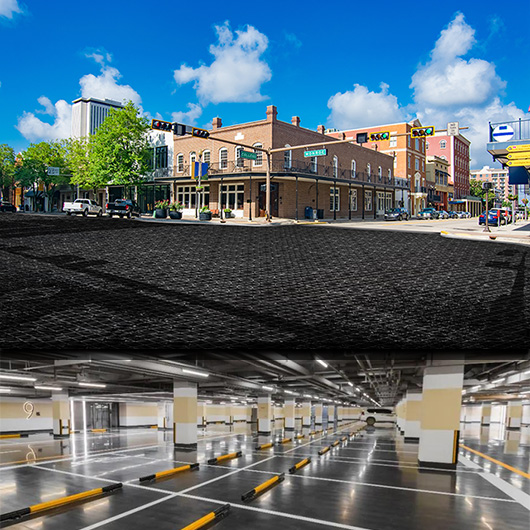Sustainable drainage systems are designed to reduce stormwater runoff or outflow to streets, lawns and other places where snowmelt occurs. Also, it can help improve water quality. When rainwater is absorbed into the soil, it is filtered and eventually replenishes aquifers or flows into streams and rivers. However, when it rains heavily, there is excess water, creating additional moisture above the surface. The extra water found its way into sewers and road ditches. This type of water often carries debris, chemicals, bacteria, eroded soil and other pollutants that then flow into streams, rivers, lakes or wetlands.
So how can Sustainable Drainage Systems help?
In urban and developed areas, impervious surfaces such as pavements and roofs prevent precipitation from naturally soaking into the ground. On the contrary, water can quickly flow into storm drains, sewer systems, and gutters, which may cause flooding, erosion, turbidity (or mud), overflow of storm and damage to sanitary sewer systems and infrastructure. The sustainable drainage systems and “green infrastructure” can collect stormwater and reuse it to maintain and restore natural hydrology.
Retention of storm water and removal of pollutants are the main purposes of storm water management. The porous surface allows rainfall and snowmelt to soak into the soil. Grey infrastructures such as culverts, gutters, storm drains, traditional piped drainage, and blue/green infrastructure have an impact on conservation, restoration, and mimicking natural water cycles.
Finally, with the appropriate way of shallow stormwater management, it is easier to achieve urban environmentally sustainable development.
